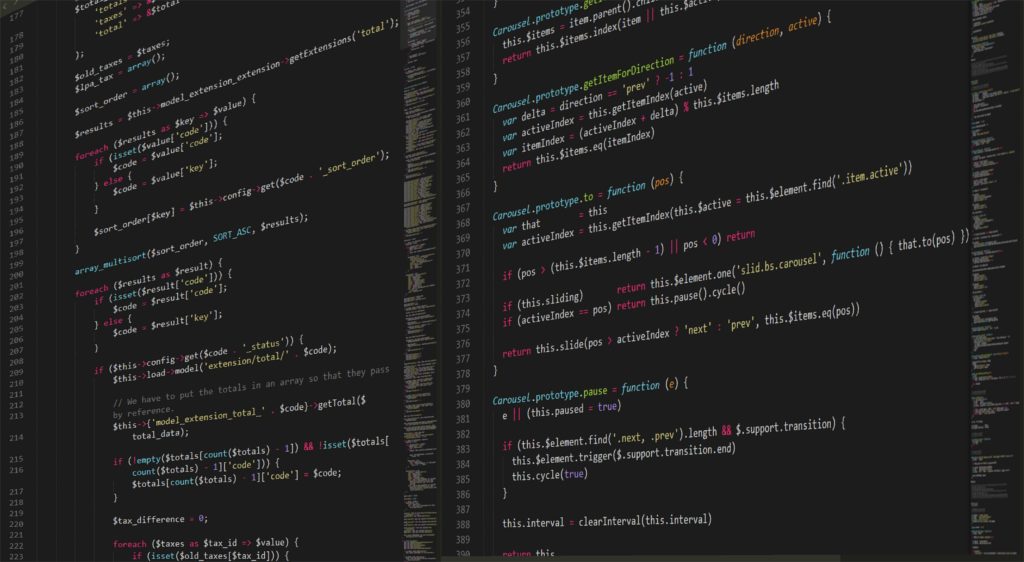After the dizzying heights of early 2015 VC investment, 2016 has seen a drop off with wary investors reluctant to offer funding to early stage businesses. In the first quarter of this year, there were 866 seed, angel and series A funding deals, compared to 899 the same time last year, and 1,215 in Q1 2014. However, for early stage startups and businesses where VC is not a viable option, crowdfunding offers a lifeline to help them to get an idea off the ground.
In 2015, crowdfunding platforms brought in an estimated $1.2bn to startups, according to CrowdExpert.com. Sites like Kickstarter, Indiegogo, RocketHub and more provide an accessible solution to help companies raise a small amount of funding.
Kickstarter statistics reveal 70 per cent of the successfully funded projects raised under $10,000, and less than 1 per cent went over $1m. But this doesn’t mean you need to be conservative with your goals. Although our company SpeedX was only a newbie on the cycling scene, we were able to exceed our goal of $50,000 in just two hours, and go on to raise $2.3m.
Startup Beat news
Prota Ventures announces launch of Startup Rocket to assist pre-funded entrepreneurs
Korean company wins medical startup prize for device that tracks posture
Israeli wifi startup receives $38m from Singapore’s Red Dot investment fund
Having a dedicated team to run your campaign goes without saying, but research, investments in advertising and constantly evaluating new communication avenues are also smart tactics. Here’s the secret to our crowdfunding success.
Pre-launch lead-gen to build your audience
Work out who your audience is, and where they can be found. Once you have done this you can begin to tailor your marketing strategy. I recommend the book Buyer Personas by Adele Revella to help figure out how you can identify your audience. Creating a buyer persona means you need to understand why they buy, how they buy, what guidelines they apply and where you can find your audience.
As we thought about our backers we described them as both competitive and amateur cyclists looking for a carbon fiber bicycle at a good price. As cyclists ourselves we were already aware of the top publications where we might find such individuals. We sought out 10-15 cycling websites, places we expected to find people who would be interested in buying the first prototypes of smart road bike the Leopard.
We wanted to create as big of an impact as possible on launch day. We used a combination of PR – targeting cycling and tech media and advertising on related websites – which was managed by an external company and in-house managed advertising campaigns. We ran targeting ads using Google Adwords and Adroll, and also homepage takeovers and sponsored articles on niche magazines. We even ran a contest using Gleam.io – where users were encouraged to share our message to be in with a chance of winning a free bike. The reason we targeted different platforms was to gather as much data as possible and assess the ROI – this allowed us to put more efforts into the best performers, and scrap the ones that didn’t work.
We opted for guerilla tactics, we used pretty much every online ad format can think of, from standard CPC banner advertising on both mobile and desktop, to rich media, carousel, video (CPV) and programmatic interest-based lookalike audience targeting with Sociomatic and Facebook. When it came to capturing those email contacts, I would recommend Facebook, it was the most effective lead-gen tool and provided the greatest insight. The new lead-generation capture form on Facebook ads helped us to kill it. We ended up paying an average of $2 per email, with a click to sign-up rate of 2.9 per cent.
Putting a little money into advertising will help you to build an audience so that when you finally launch the campaign, someone other than your Granny is going to care. Of course, make sure you have a fully functioning web page, a lead capture form, and a collection of fresh creative assets. Be consistent and try to keep users engaged. We hired a designer to create new images, and avoid any campaign burnout.
Strike a conversation in your community
Using a combination of lead-gen advertising tactics means you have begun to connect with your buyer persona. Now you have your hands on some leads – we were able to collect around 20k email addresses through our pre-launch advertising – you are in a position to strike a conversations. In the week runup to the launch of our Kickstarter campaign we sent emails every three days to our new contacts to start spreading the awareness.
For a taste of the emails that worked well for us, check out what we did to our bike frame and the video email we sent.
You can also do this by contacting your followers on social media. Start a conversation with the people that will be interested. On LinkedIn, we searched for the biggest bicycle brands – Giant, Specialized, TREK, and more – sending them personalized message to connect. We let them know what we were doing, and many responded with positive support. They congratulated us on the launch, shared great insight of the potential logistical challenges we might expect to face and some – such as Canyon.com – wanted to meet with us.
Outside of social media, you should consider guest posting on forums that relate to your industry. You can use relevant sites to explore the trends that your customers are discussing, actively join in the debate to find out what is important to these people and let them know about your own project and business ideas. This type of tactic costs nothing, and it helps to share a greater level of information with the appropriate audience.
Launching highs and lows
After the initial launch we used Kicktraq to monitor our daily progress. We kept close watch, tweaking the bike pricing to generate greater awareness at the beginning of the campaign. During our first week we raised over 50 per cent of the total finance. But after two weeks, it went dark, despite the fact we had ramped up our advertising efforts, sending more and more traffic to our campaign page. After contacting Kickstarter we were told this was completely normal–though of course, it is no reason to give up.
We discovered Kickbooster, a site that can be used to create campaigns to send messages to all your Kickstarter backers, asking for a referral. We raised an additional $140,000 using this tool.
After 30 days the campaign ended, and we had successfully raised $2.3m from 1,251 backers, breaking the Kickstarter record for a road bike. We worked with two PR companies – one specialized with cycling titles, the other focused on startup and business media – and they targeted large tech, business and cycling sites, such as Fast Company, [two more] with the news of our Kickstarter success. Creating a press release and pitching to journalists that would be interested in this announcement helped us to increase our exposure in the U.S. For companies that do not have the budget for this, there are some online tools, such as newswirre.com which also you to post your announcement in front of thousands of journalists.
Not only did we raise finance, we also used this to break into a new market and create a buzz in our industry. This all goes to show, research and a strategic plan can make all the difference. And thankfully, it’s just like riding a bike – you never forget.
Tony Li is the CEO and founder of SpeedX, creators of the next-generation smart road bike, the Leopard. SpeedX raised $2.3 million on Kickstarter, smashing the road bike record on the site.












